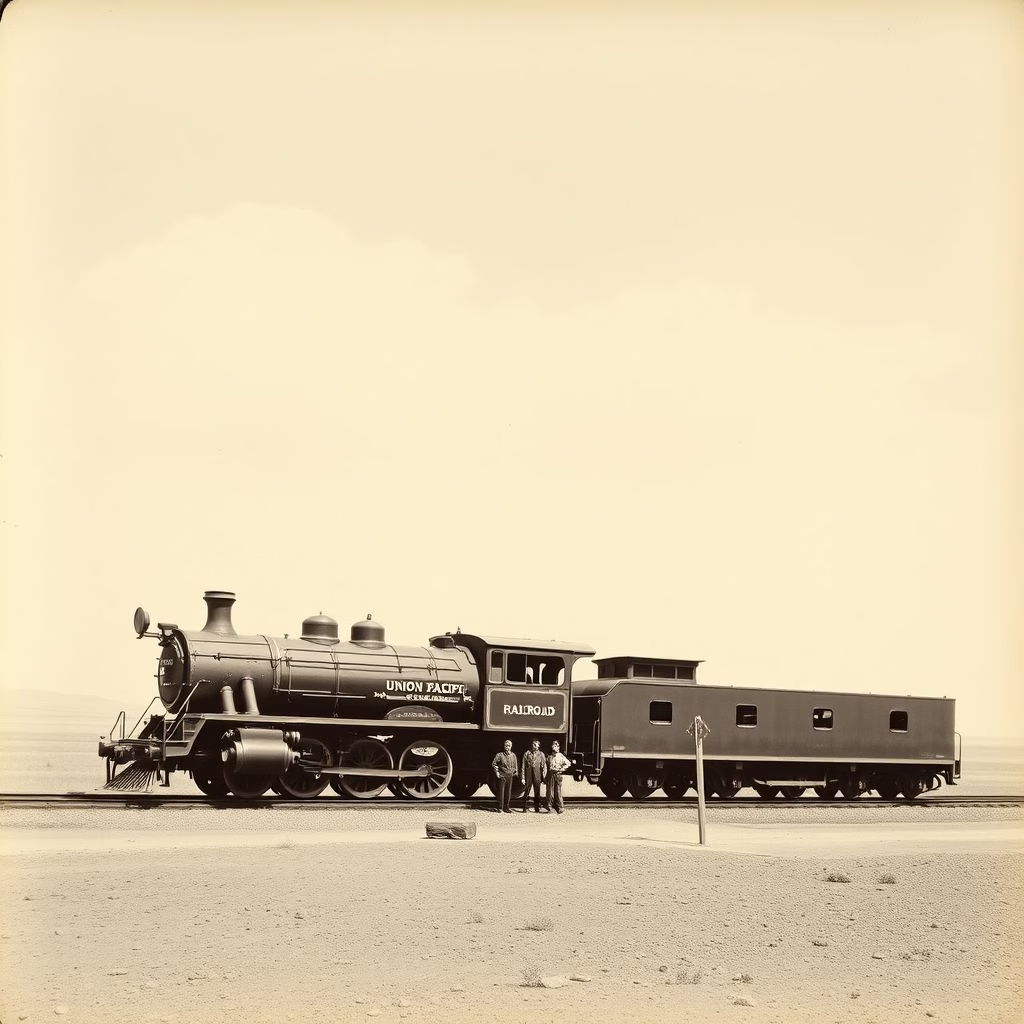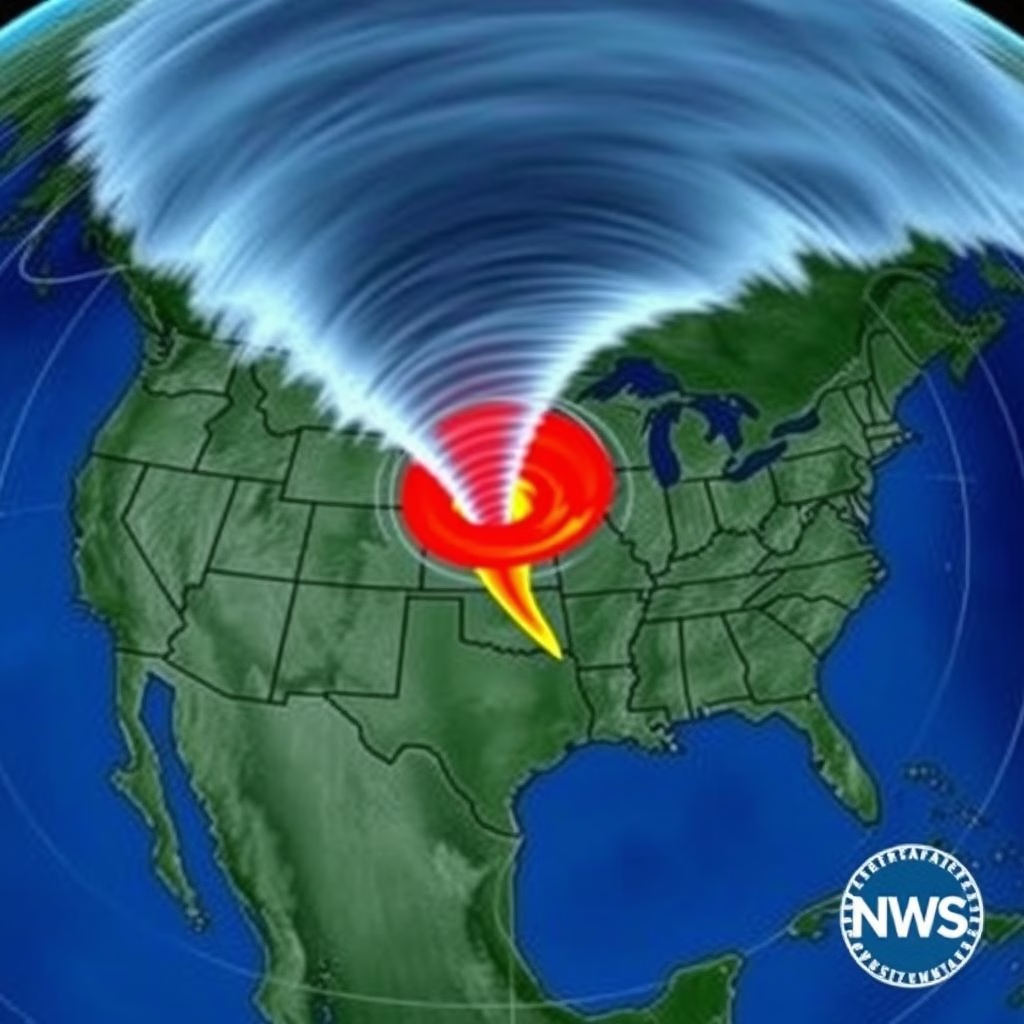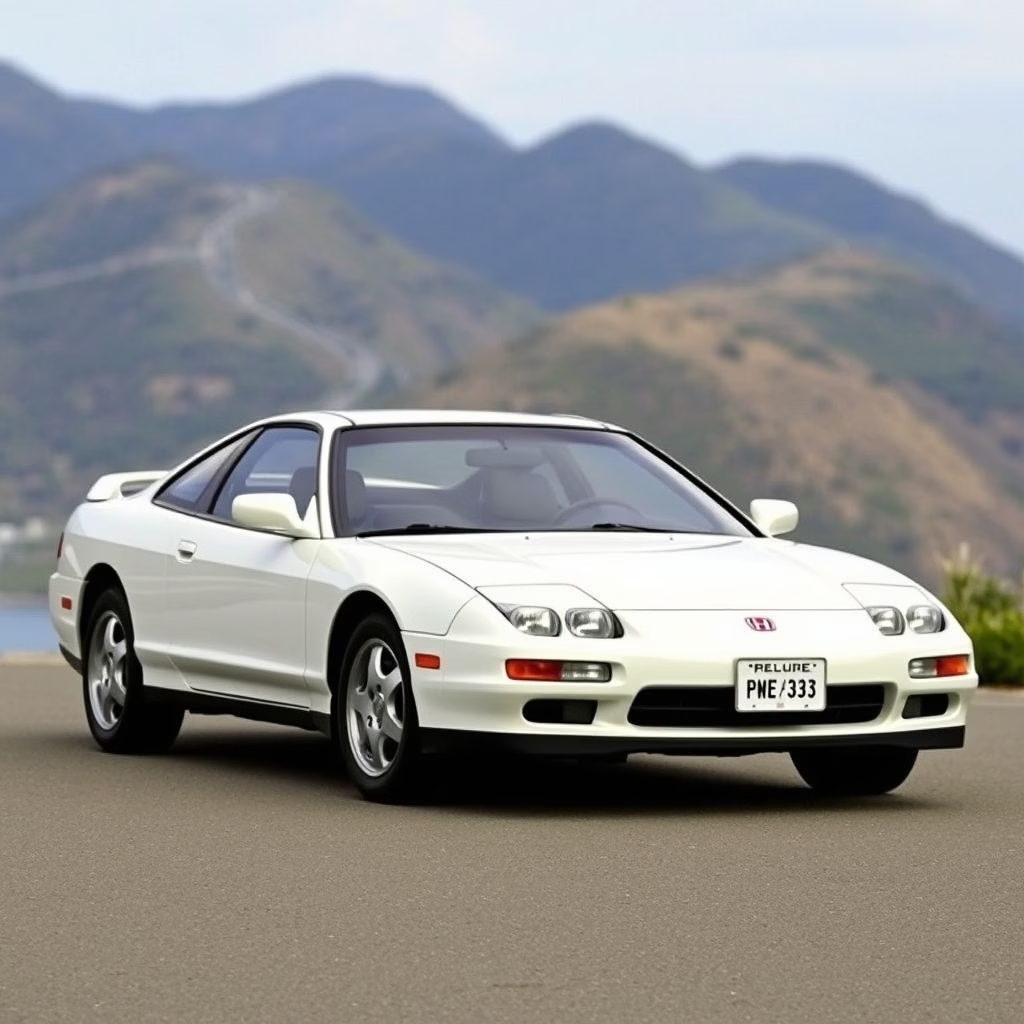Union Pacific: A Legacy Forged in Steel and the Future of Rail

The rails of the United States are woven with stories, and few are as compelling as the narrative of Union Pacific Railroad. More than just a transportation network, Union Pacific is a cornerstone of American industry, a symbol of expansion, and a vital artery for the nation’s economy. This post delves into the rich history, current operations, and future prospects of this iconic company.
A Transcontinental Beginning
The story of Union Pacific is intertwined with the westward expansion of the United States. Chartered by Abraham Lincoln in 1862, during the midst of the Civil War, the company was tasked with building a transcontinental railroad westward from Council Bluffs, Iowa. This monumental undertaking, coupled with the Central Pacific Railroad building eastward from Sacramento, California, would link the nation in a way never before imagined.
The construction was a herculean feat, fraught with challenges. Harsh terrain, demanding labor conditions, and the sheer scale of the project tested the limits of engineering and human endurance. The completion of the transcontinental railroad in 1869, marked by the Golden Spike Ceremony at Promontory Summit, Utah, was a pivotal moment in American history. It fundamentally changed commerce, migration, and the very fabric of the nation.
Modern Operations and Economic Impact
Today, Union Pacific boasts a sprawling network that covers 23 states across the western two-thirds of the United States, encompassing approximately 32,434 route miles. The company’s operations are a complex ballet of freight transportation, moving a vast array of commodities. This includes agricultural products, automobiles, chemicals, coal, industrial products, and intermodal containers (shipping containers designed for multiple modes of transport).
The economic impact of Union Pacific is undeniable. It provides essential services to a multitude of industries, supporting jobs and facilitating the flow of goods that fuel the American economy. The efficiency and reliability of its operations are crucial for businesses across the country, enabling them to compete in the global marketplace.
Challenges and the Evolving Landscape
The railroad industry faces constant challenges, including regulatory scrutiny, environmental concerns, and competition from other modes of transportation, such as trucking. Union Pacific has adapted by embracing technological advancements, streamlining operations, and focusing on safety. They invest heavily in infrastructure maintenance, track upgrades, and innovative solutions to optimize efficiency and reduce environmental impact. This includes implementing precision scheduled railroading which is a system focused on maximizing efficiency and minimizing unnecessary costs.
Future Outlook: Mergers and Acquisitions
The railroad industry is subject to constant change, and Union Pacific is no exception. There’s speculation regarding potential mergers and acquisitions. News reports indicate that Union Pacific has hired an investment firm to provide merger advice, suggesting an interest in growth and strategic positioning within the market. Such moves, if they materialize, could reshape the competitive landscape of the industry. However, any acquisition or merger will be subject to intense regulatory review.
While details surrounding potential mergers remain confidential, it’s clear that Union Pacific is considering all options to solidify its place at the forefront of the industry. The company is constantly navigating the complexities of the market and looking at areas of opportunities.
A Continuing Legacy
Union Pacific’s legacy is built upon its pioneering role in the westward expansion and its enduring commitment to serving the American economy. While the railroad faces ongoing challenges and opportunities, its fundamental importance remains. The company is dedicated to innovation, sustainability, and maintaining a strong commitment to safety. From its transcontinental origins to its modern operations, Union Pacific continues to shape the transportation landscape and contribute to the economic prosperity of the nation.
The story of Union Pacific is a story of American resilience, innovation, and unwavering dedication. It will be fascinating to see how this company continues to evolve and shape the future of freight transportation.
One of Union Pacific’s major hubs is in Omaha, Nebraska. This is the location of its headquarters.




